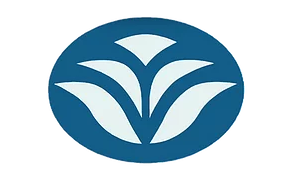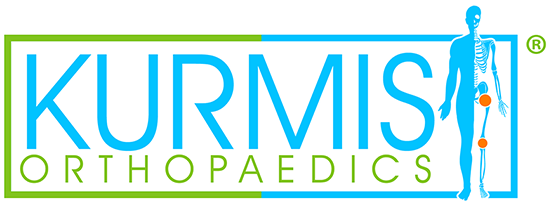The three major moments of running are:
- Stance
- Swing
- Flight (float)
These movements require differing levels and timing of activity from the muscles of the legs.
During the stance phase, muscles of the calf, hamstrings, glutes and quads work together to stabilise and absorb the landing force, before the calf becomes dominant in activity to help push off.

Image attribution: https://commons.wikimedia.org/wiki/File:Walk_and_run_cycle.jpg
Next, the hip flexors are required to help drive the knee up and forward to allow the leg to swing through ready to land.
Between each phase there is a brief period where both feet are off the ground, known as flight (or float).
This is how running and walking differ, as during walking there is always ground contact between steps. This makes the load, or impact, in running higher placing more demand on the muscles and joints.
Contrary to popular belief, running is not at all bad for the joints.
In fact studies have shown that, long distance runners showed evidence of thicker, better hydrated lumbar spine discs compared to non-runners [1] and in adults with knee osteoarthritis (OA), pain improvement was demonstrated rather than worsening or structural progression after regular, long term self-selected running [2].
Although running is not inherently damaging, it is important for the body to be adequately prepared in order to prevent running related injuries, such as tendinopathy (achilles), shin splints, plantar fasciitis and ITB syndrome (amongst others). These common injuries are mostly related to a cycle of overloading i.e. too much too soon.
The most effective way to reduce the risk of these injuries is to start small and gradually build up the distance or difficulty – even if your fitness may allow further or harder your tendons may not!
Secondly, undertaking a complimentary strengthening program to build up strength and endurance, as well as control and coordination can be useful to meet the musculoskeletal demands of running.
Tendons and connective tissues of the feet and lower legs, play an important role in managing the impact of running, absorbing and transferring the force of the landing into subsequent movement, not dissimilar to the way a spring works – by stretching and recoiling. By training these natural springs to accommodate and generate force, running efficiency can be improved and the injury risk reduced.
For help with an exercise program or advice regarding any running related injuries, get in touch with a physiotherapist.
Claudia Neubauer – Physiotherapist
[1] Belavy, DL, et al, 2017, ‘Running exercise strengthens the intervertebral disc’, Scientific Reports.
[2] Lo, GH, et al, 2018, ‘Running Does Not Increase Symptoms or Structural Progression in People with Knee Osteoarthritis: Data from the Osteoarthritis Initiative’, Clinical Rheumatology, vol. 37, no. 9, pp. 2497–2504.























